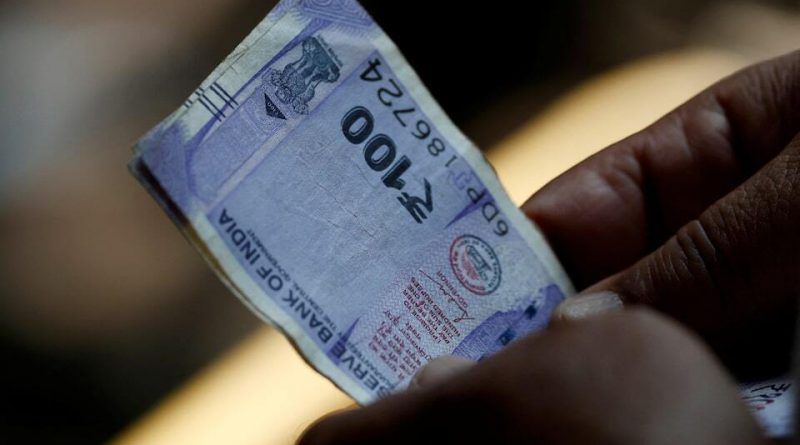Indian Rupee Gains Ground After RBI Intervention, Options Market Signals Renewed Strength
Mumbai — The Indian Rupee (INR) demonstrated a remarkable bounce this week, buoyed by a decisive intervention by the Reserve Bank of India (RBI) and supportive market dynamics.
The currency saw its best day in four months on Wednesday, extending its gains on Thursday to rise more than 1% from near-record lows, reflecting renewed investor confidence and improved sentiment in the options market.
The RBI’s targeted action to stabilize the foreign exchange market has clearly resonated with traders.
By strategically deploying liquidity and easing pressure on the INR, the central bank provided breathing space for the currency, reducing volatility and helping curb speculative long-dollar positions that had been weighing on the rupee in recent weeks.
Options Market Signals Strength
The positive impact of the RBI’s intervention is particularly evident in the options market. The 1-month 25-delta risk-reversal for the USD/INR pair — a key measure of near-term options sentiment — has shifted to -0.8, the most favorable position for the rupee in over a decade.
This change indicates that traders are increasingly willing to pay for bets on rupee appreciation rather than protection against further depreciation.
Abhilash Koikkara, Head of Forex and Rates at Nuvama Professional Clients Group, noted that the RBI’s unexpected move “was geared toward giving comfort that the currency is not going to depreciate toward 90.”
While analysts caution that a major rally is unlikely in the immediate term, the current positioning signals a more stable and confident market environment for the INR.
A Singapore-based hedge fund trader highlighted that sentiment prior to Wednesday’s intervention was already moderately positive, and the RBI’s action helped remove a significant portion of speculative pressures on the currency.
The result is a healthier foreign exchange market with reduced volatility and stronger investor confidence.
Factors Supporting INR Stability
The rupee has faced external pressures this year, including punitive U.S. tariffs, fluctuating portfolio flows, and a rally in global gold prices, which can impact domestic currency demand.
The RBI’s intervention, however, demonstrates its proactive management of exchange rate dynamics, reinforcing the currency’s credibility and resilience.
Market observers emphasize that the RBI’s swift and firm response signals a clear commitment to currency stability, which is likely to be a positive factor for businesses, importers, exporters, and foreign investors.
By addressing near-term volatility while allowing the currency to find its equilibrium, the central bank has set the stage for a more predictable and balanced market environment.
Broader Market Implications
The strengthening of the rupee comes at a time when global investors are increasingly attentive to emerging market currencies and central bank actions.
With U.S. stocks mostly higher and global economic uncertainties persisting, the INR’s resilience showcases India’s strong macroeconomic fundamentals and policy credibility.
The RBI’s intervention also has broader implications for portfolio flows and investor sentiment.
By providing assurance that the rupee is being actively managed, foreign institutional investors may feel more confident in long-term investment in Indian assets, contributing to capital inflows and supporting overall financial stability.
While the risk-reversal indicates moderate dollar weakness, market experts do not foresee extreme volatility, suggesting that the rupee may continue to consolidate at its current levels while maintaining upward momentum in response to positive policy signals.
Analysts also see potential for the currency to benefit further if global trade conditions improve and portfolio flows stabilize.
In summary, the recent RBI intervention has highlighted the strength, stability, and resilience of the Indian rupee.
By calming the markets, supporting investor confidence, and improving options market sentiment, the central bank has reinforced the currency’s role as a reliable store of value and a key component of India’s macroeconomic stability.
With proactive policy management, strong fundamentals, and a favorable market environment, the Indian rupee is well-positioned to navigate global headwinds while offering investors and businesses confidence in its long-term performance.



